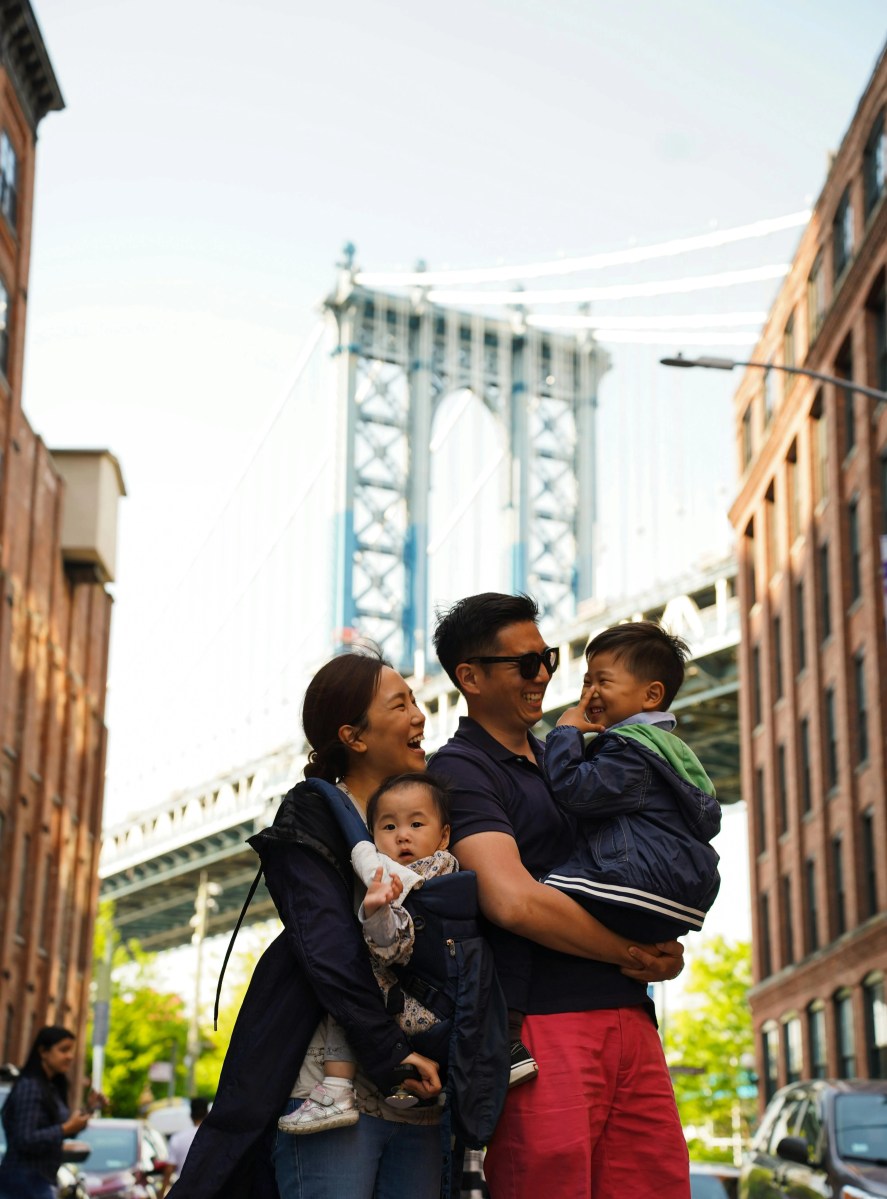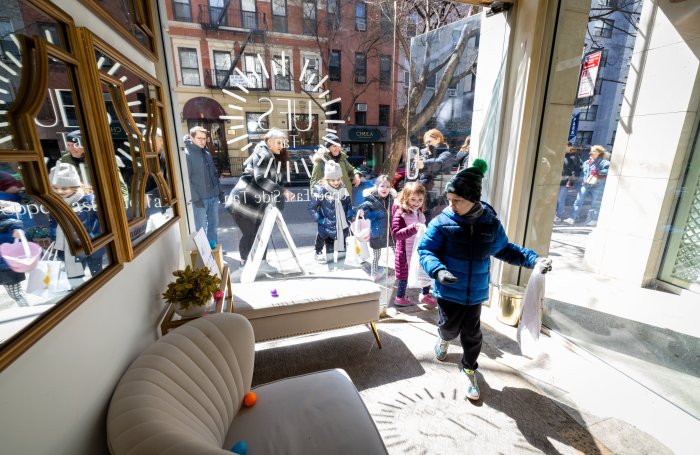
For as long as it has existed, Brooklyn has been at the epicenter of health care.
From the dawn of reproductive rights with the nation’s first-ever birth control clinic to the current measles outbreak in Williamsburg, the borough has existed as a microcosm of the larger healthcare debate.
How Brooklynites have understood and experienced illness is the focus of a new exhibition at the Brooklyn Historical Society called "Taking Care of Brooklyn: Stories of Sickness and Health."
During her three years of research for the exhibition, Julie Golia, BHS’s vice president for curatorial affairs and collections, said she and her team realized that much of public health history and New York’s history is focused on Manhattan.
"So when we started this project, the big question that motivated us is ‘What is the Brooklyn story and how does that change our understanding?’" she told amNewYork. "We quickly realized no scholars had done that work."

Looking at public health from a Brooklyn perspective actually does bring a lot to the table because it is remarkably diverse, and acts as a crucible for so many forces that shape it, including housing, crowding, stereotypes and xenophobia, immigration, gender, sexuality and more, Golia said.
"All of these things converge in this ground zero that is Brooklyn," she said. "It’s a place where ideas got started and made their way out to the rest of the country and the world."
But the exhibit isn’t just a linear retelling of sickness and healthcare in the borough. Visitors learn about Brooklyn’s history through personal stories like how the spread of smallpox during the Dutch colonialization killed off the Lenape people and the gutting story of Celeste Felder, a 2-year-old who died from lead poisoning in 1951 from a series of doctors’ negligence, according to Golia.
"It was a hard one to write," she said. "It didn’t have to happen. It just reinforces the contingency for her death that it was an entirely preventable death. It’s a perfect encapsulation of medical racism and the dismissal of marginalized people."
The exhibit is on through June 5, 2020, but the information it holds is very timely, given public discourse about anti-vaccination efforts, abortion rights and healthcare disparities.

What to look out for
Audio experiences: A few sections of the exhibit have a speaker you can pick up to listen to a personal story.
You’ll hear from Curtis Zunigha, a member of the Delaware tribe of Indians and the co-director of the Lenape Center, who talks about the effect smallpox had on the Lenape society and learn that 80 to 90 percent of the population died because of foreign illnesses within a few decades after first contacts.
You’ll also hear Captain Thomas Dring, who saw a slew of illnesses run rampant aboard a prison ship docked in Brooklyn waters during the Revolutionary War, and from Brooklyn residents who have dealt with the effects of HIV/AIDS.
Digital touch screens: You can dig deeper into the people who influenced and changed healthcare throughout Brooklyn and the world, like Dr. Susan Smith McKinney Steward, the first African-American woman in the state and third in the U.S. to receive a medical degree, at different consoles.
A large touch screen at the front of the exhibit actually allows you to see a timeline of illnesses (cholera, heart disease, HIV/AIDS, the flu, lead poisoning, polio, smallpox and tuberculosis) over the course of 400 years and learn about their life spans and how Brooklyn reacted.

Actual artifacts: Some of the coolest parts of the exhibit are the pieces of history, from written journal entries to vaccination tools, from public health warning signs to a progression of birth control methods and more. The items drive home that while there has been progress, we are still dealing with some of the same challenges.
Why you should care
"There are so many of these things we think are done, that these fights are fought," Golia said. "I hope people get lessons out of the exhibition that allow them to be advocates in the future. If we don’t know [ways we’ve handled and mishandled things in the past] we can’t fix them."
If you go: The exhibit is open Wednesdays through Sundays, from noon to 5 p.m. Suggested admission is $10 and free for students with I.D. and children under 12.
The Brooklyn Historical Society is at 129 Pierrepont St. in Brooklyn Heights.
































